
Stabilizer Links
A stabilizer bar is designed to reduce body roll during sharp turns, to keep the vehicle body relatively flat through the turn and enhance suspension system performance.
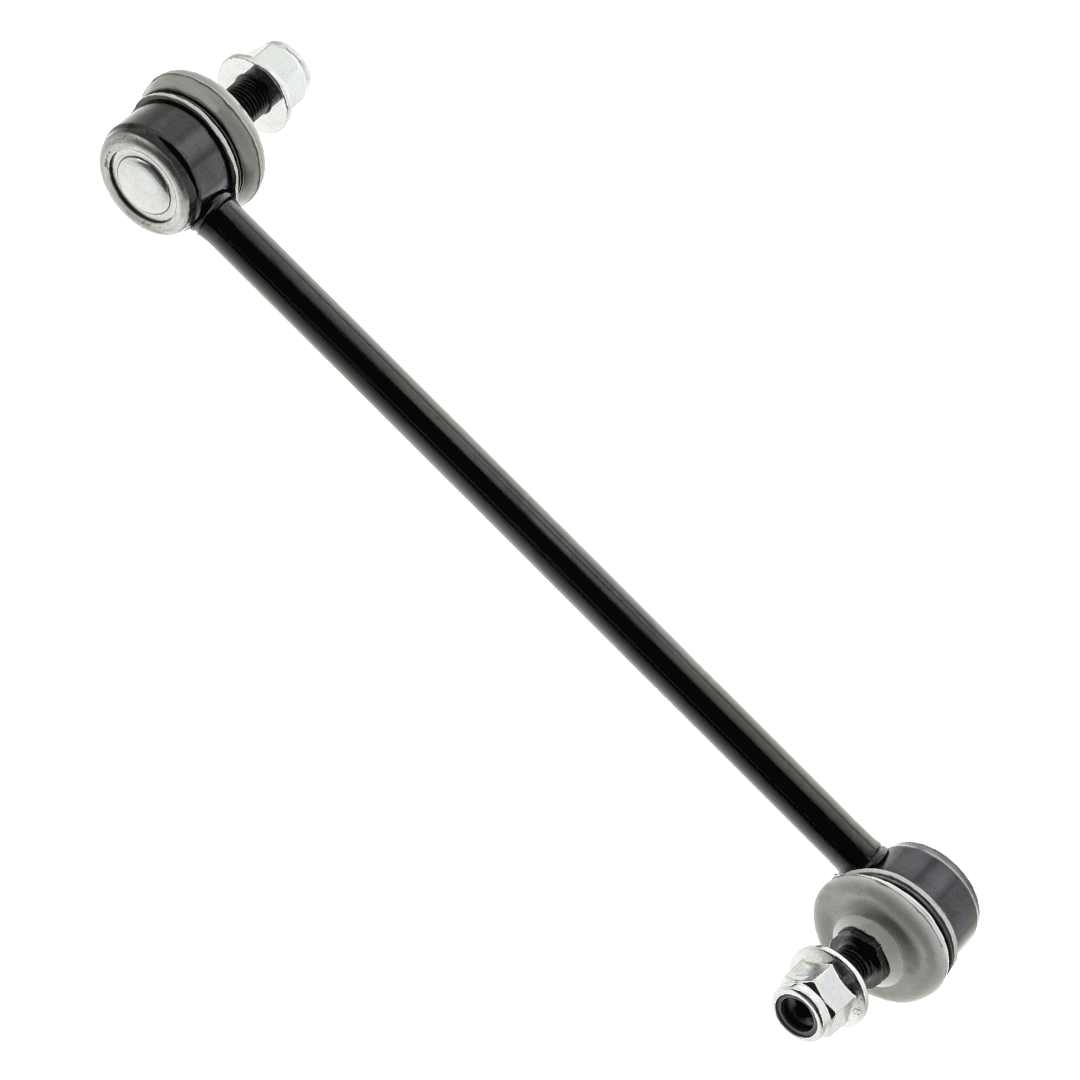
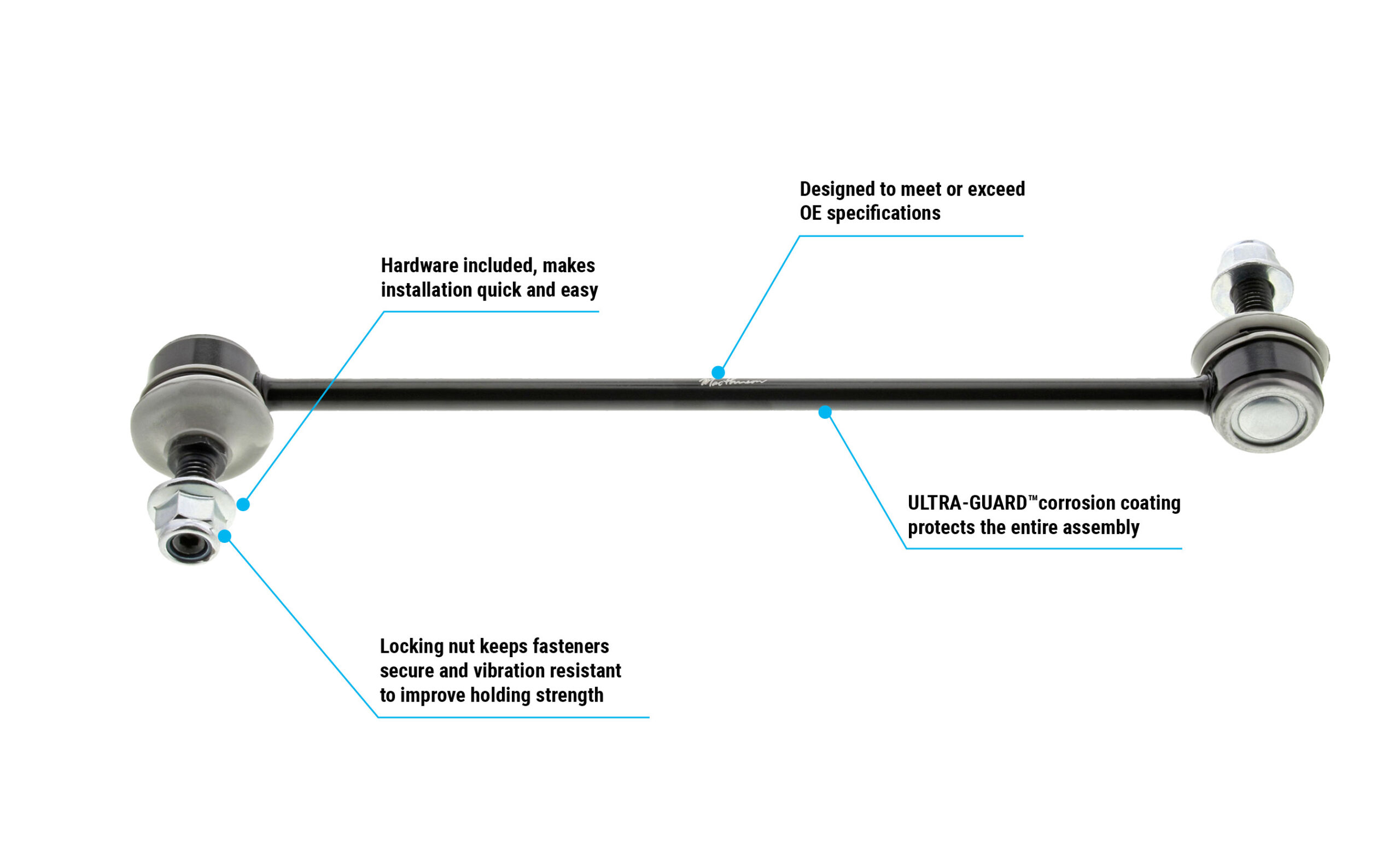

MACPHERSON RIDE CHASSIS IS YOUR GO-TO FOR TRUSTED PERFORMANCE FOR ALL POPULAR TRUCKS & VEHICLES
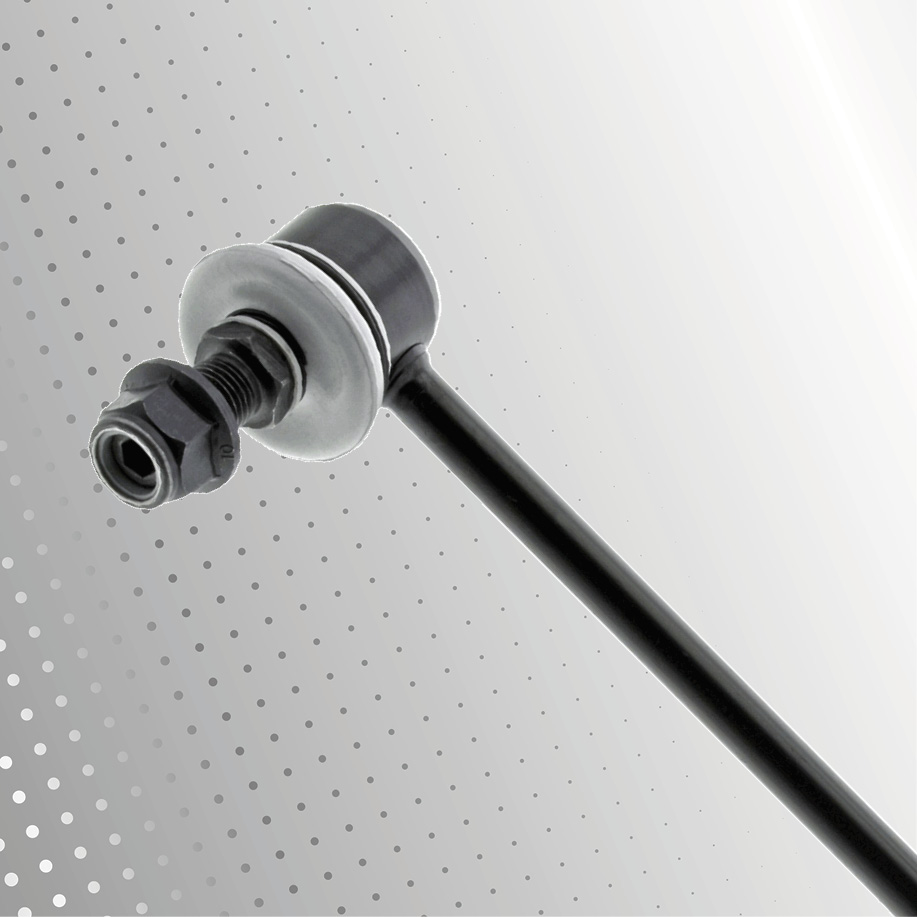
OPTIMAL PERFORMANCE
Setting the industry benchmark with quality components, MacPherson stabilizer links are designed with improved dust boot designs and materials for superior performance.
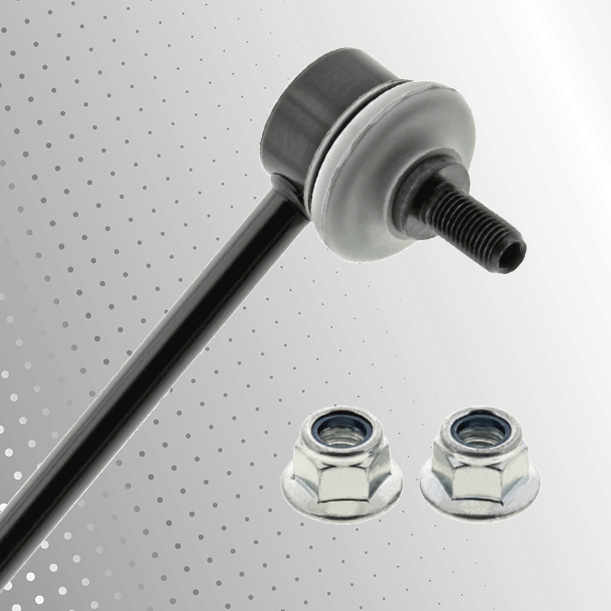
FASTER INSTALLATION
Save time with installation hardware included in the box.
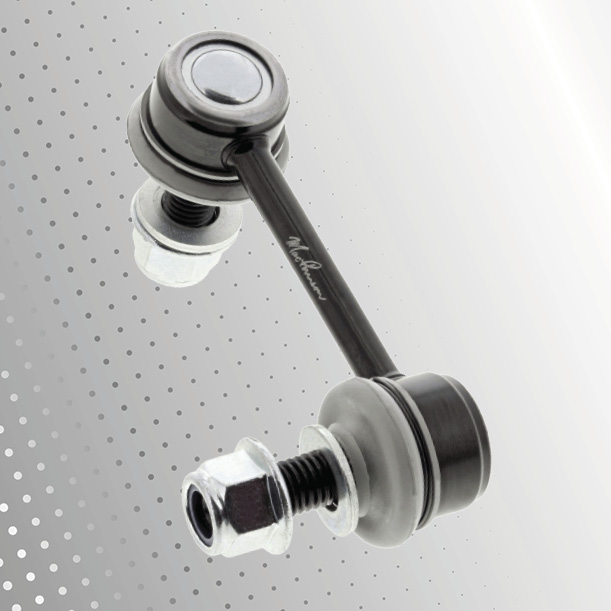
PERFORMANCE BACKED BY DESIGN EXCELLENCE
Meet or exceeds Original Equipment specifications for fit, form and function.
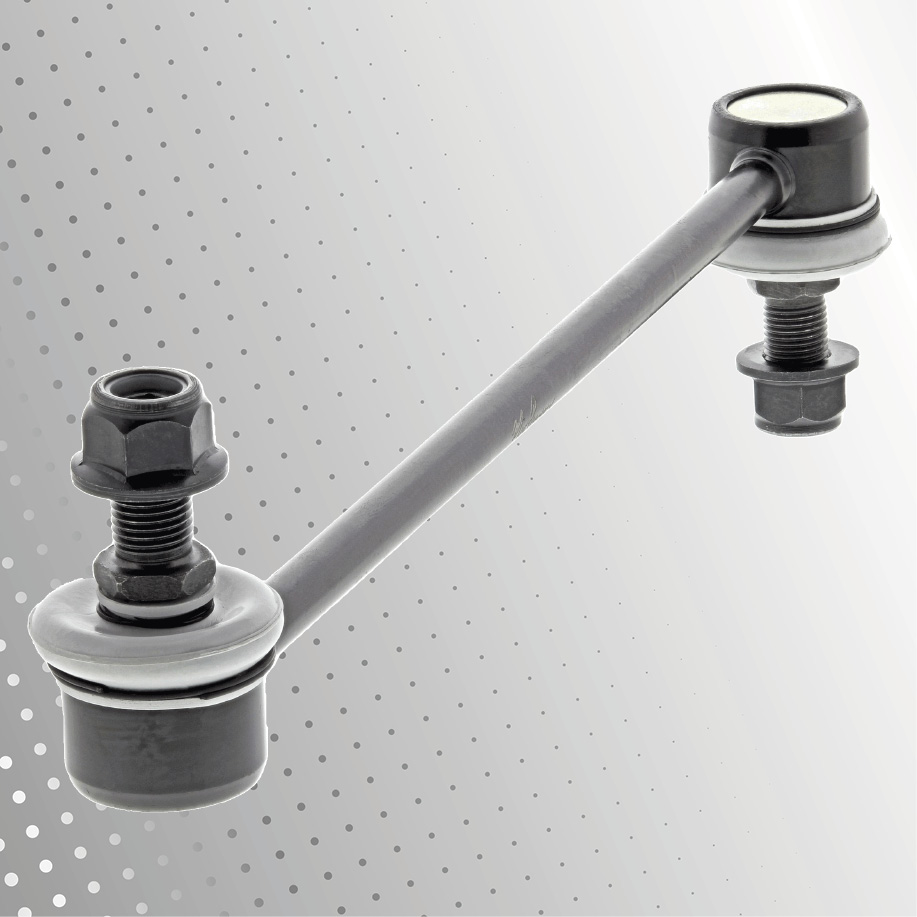
ULTRA-GUARD™ CORROSION COATING
Prevent harmful rust buildup and increase part longevity with protective anti-corrosion surface treatment.
VERY BEST IN STEERING PARTS, RESTORING OE PERFORMANCE, HANDLING & RIDE
A stabilizer bar is designed to reduce body roll during sharp turns, to keep the vehicle body relatively flat through the turn and enhance suspension system performance. Stabilizer bars are mounted onto the vehicle chassis and are connected to the suspension with “links.”
The stabilizer bar system components include the stabilizer bar itself, stabilizer links, stabilizer link bushings or sockets, stabilizer bar-to-vehicle frame bushings and bushing brackets to hold the bushings in place against the frame or unibody member.
Stabilizer links are subject to tension and compression forces. They may have a ball joint or bushings on each end to facilitate connection, create a pivot point and help isolate shock and vibration.
As with any suspension component, stabilizer links are subject to wear and fatigue over a vehicle’s life. Bushings may deteriorate and fall off or the link may break and make replacement necessary. Stabilizer links should be inspected for wear and broken components with every oil change and replaced as needed.
Symptoms of worn or broken links
• Excessive body roll during sharp turns
• Clunking or grinding noise when turning or driving over bumps
Stabilizer bars are found on both the front and rear suspension systems of many vehicles. They are also referred to as:
• Anti-sway bars
• Sway bars
• Anti-roll bars
• Roll bars (not to be confused with roll bars installed in the passenger compartment for rollover protection)
